
Dental bone loss is a condition which affects thejaw bone and features with its weakening and loss of teeth. The condition mustbe diagnosed in an early stage since only this way the loss of teeth can beprevented. There are many factors which contribute to dental bone loss and dueto which the jaw bone begins to recede.
Causes of Dental Bone Loss
Gum disease is a problem which, if left untreated,may eventually initiate the process of dental bone loss. The inflammation ofgums may be acute and chronic. Chronic form of gum disease requires propertreatment since it eventually leads to damage of the nearby tissues includingthe jaw bone. A periodontitist may be so aggressive that in later stages it caninduce loss of teeth and is accompanied by many unpleasant symptoms such aspain, bleeding from gums and halitosis. Loss of teeth is caused either byprolonged inflammation of the gums or due to loss of jaw bone.
Tooth infections are also significant contributorsto dental bone loss. Namely, the problem starts with tooth decay which can beeasily dealt with. However, not all the people have their teeth repaired ontime. The process tends to progress and the bacteria may affect surroundingtissue including the tooth nerves and the jaw bone. In severe cases infectionmay cause inflammation of the jaw bone and consequent dental bone loss.
In root canal treatment dentists try to savedecaying tooth. The infected tissue is removed and the hole in the tooth isreplaced with suitable filling. However, the treatment is not always successfuland some of the patients end up with chronic infection of periodontal tissuesand infection of the jaw bone.
After tooth extraction there is a chance ofimproper healing which consequently induces dental bone loss.
The risk of dental bone loss is increased inelderly people, those with poor oral hygiene, patients with uncontrolleddiabetes, patients suffering from osteoporosis etc.
Early Symptoms of Dental Bone Loss
In early stage of dental bone loss the symptoms orsigns usually do not occur but there are certain changes of the nearby tissueswhich may point to the onset of dental bone loss. They include redness andswelling of the gums, receding gum line, the presence of deep pockets betweenthe adjacent teeth, halitosis and loosening of teeth in the sockets.
Treatment for Dental Bone Loss
Once the process has started the tissues that havebeen damaged and lost simply cannot be restored. So the only goal of treatmentis to reduce and/ or prevent further dental bone loss. It is essential to treatperiodontal disease, gums infections and inflammation as well as all conditionswhich are related to teeth in order to prevent or stop the process of dentalbone loss. If there are inflammatory processes caused by bacteria patients areadministered antibiotics. Oral hygiene must be impeccable and dental plaquemust be removed regularly.





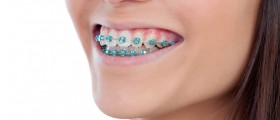


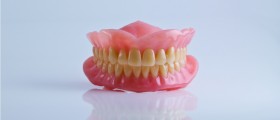
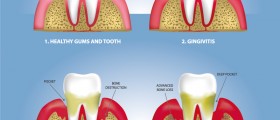
,-Don't-Ignore-Receding-Gums_f_280x120.jpg)
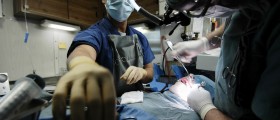
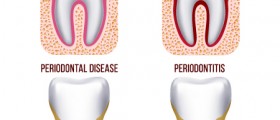

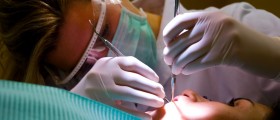
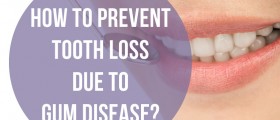

Your thoughts on this
Loading...